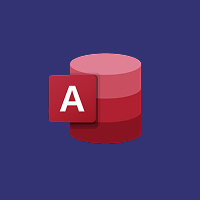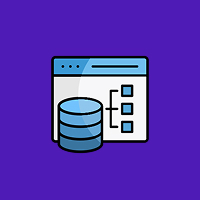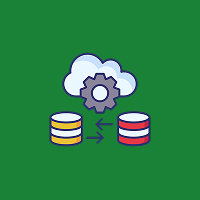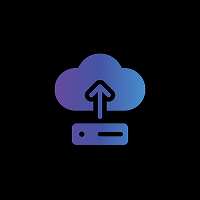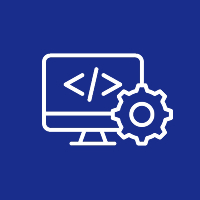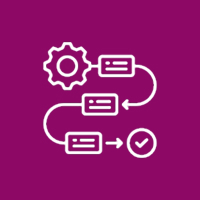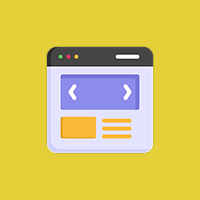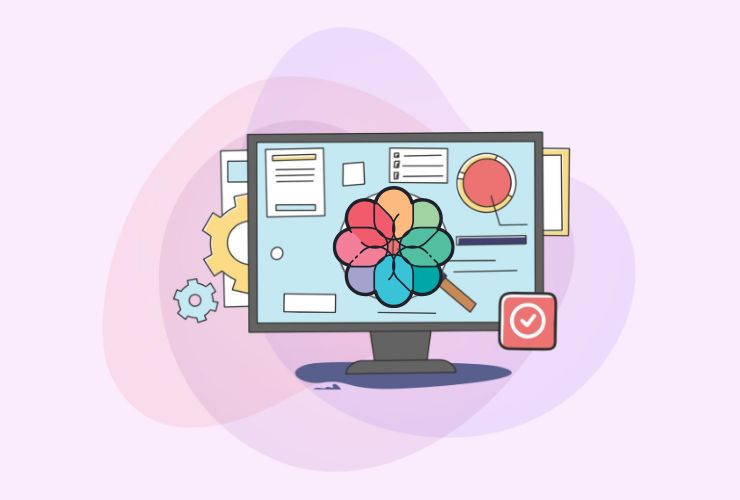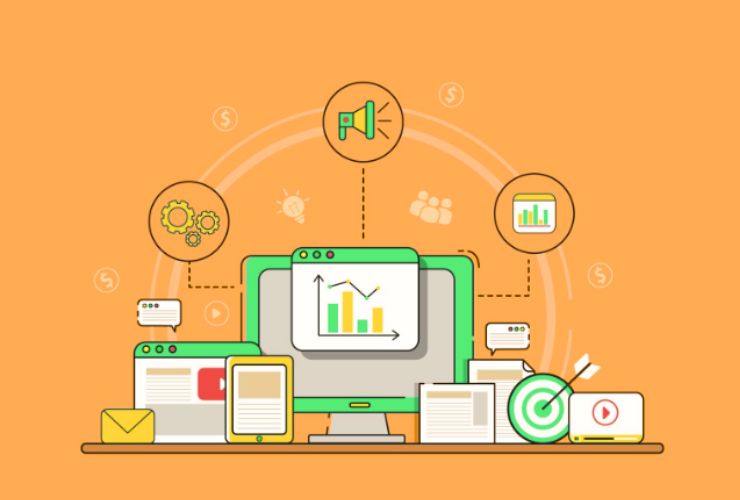Debugging is an important step of the iOS app development life cycle. No matter if you are building a lightweight Swift MVP or an enterprise-level application, bugs, crashes, and performance bottlenecks will happen. Luckily, Apple has many resources, diagnostics, and solutions for debugging, and there are also many powerful third-party platforms to build a more efficient debugging process for you.
In this blog post, we discussed five factors related to different tools and techniques that iOS developers should master. By using systems like these effectively, you can always improve code quality, enhance app stability, and offer a better experience to your users.
Xcode debugger (LLDB)
Xcode provides developers with an integrated debugger that is based on LLDB (Low-Level Debugger), and it is one of the best and most powerful tool that iOS developers have available. The built-in debugger lets you inspect the state of your app (numerous different view controllers) at runtime so it is perfect for fixing almost any bug.
Key Features Explained:
- Breakpoints: Advance to stop executing code at a specific location. Breakpoints are useful to verify what the value of variables are, to see the flow of execution or to help understand a logic bug.
- Watchpoints: Watchpoints monitor variables in memory to watch for changes that occur. Watchpoints reduce the pain when a bug occurs that is triggered by an unexpected change in a variable. Watchpoint isolate where and when the bug occurs.
- Expression evaluation: While program execution is paused, you to test expressions or calls to methods in the debugger without recompiling.
- Multithreading debugging: LLDB gives developers information about queues and threads, helping them identify deadlocks, race conditions, or thread contention that affects memory or I/O performance.
What’s the big deal: LLDB provides direct control of the debug session, and provides level data you can take advantage of, and will be a highly useful tool for any developer.
2. Instruments (Performance and Memory Profiling)
Instruments is a suite of tools packaged with Xcode that allows you to measure multiple aspects of performance. It can be used to inspect memory usage, CPU, animating views, disk activity, energy impact, and more in real-time.
Key Instruments Overview
- Time Profiler: Captures call stacks and times to account for what code takes the most time to execute.
- Allocations and Leaks: Provides an efficient mechanism to track memory allocation patterns to discover memory leaks or excessive memory use, which is imperative for application performance and consistent user experience.
- Network Monitor: Displays how your application communicates with APIs, how much bandwidth is being used, and whether requests are succeeding or failing.
Why it is important: Instruments gives you the capability to troubleshoot real-world issues that might not be present during development. This is especially beneficial when optimizing apps so that they are not too demanding for older devices and for devices in constraints of power or processing capacity.
3. Charles Proxy for Network Debugging
Charles Proxy is a powerful tool that helps developers see all HTTP and HTTPS traffic between their iOS app and backend services. It is especially useful when working with RESTful APIs, third-party services, or debugging authorization flows.
How Charles Proxy Helps:
- HTTP/HTTPS Inspection: See complete request and response data, including headers and bodies. This is really helpful when trying to debug bad parameters, wrong endpoints, or bad responses.
- Throttling: See how your app behaves under suboptimal conditions by simulating 3G/4G or slow Wi-Fi connections.
- Request Modification: Modify live requests or simulate error responses and see how your app handles error conditions.
Why It Matters: Network related bugs are some of the most common and hardest issues to trace. Charles Proxy takes away the guesswork by providing total visibility into what’s going on under the hood!
4. Firebase Crashlytics for Real-Time Crash Reporting
Firebase Crashlytics is a minimalistic crash reporting solution that provides developers with real-time diagnostics for their production applications. Unlike a traditional crash log, Crashlytics will bundle certain issues, while providing context like user actions prior to the crash, device information, and stack traces.
How Crashlytics Contributes to Stability:
- Clear Crash Logs: You get to understand where and why a crash occurred, using contextual data like the affected lines of code, device configurations, and more.
- Custom Keys and Logs: Developers can manually tag events or variables for improved clarity.
- Real-Time Alerts: Teams are alerted when a crash happens so that they can respond in a timely manner.
5. XCTest: for Automated Testing
Automated testing is one of the best and least resource-heavy approaches to catching bugs in advance of an application release, and automating your tests improves code reliability and speed of output. XCTest, Apple’s official automated testing framework, enables developers to write unit tests, UI tests, and performance tests.
How XCTest Contributes to Development:
- Unit Tests: Anytime you want to test that an individual function or component behaves as expected when isolated from the rest of your code, unit tests are a great approach.
- UI Tests: UI tests enable you to simulate user taps, swipes, and text entry to ensure the logic and flow of your application’s interface behaves as expected.
- Performance Tests: Use performance tests to benchmark key workflows and ensure future development changes don’t cause regression.
Why It Matters: XCTest provides ongoing validation of your app’s functionality. It’s an investment in long-term stability and development speed, especially for teams practicing continuous integration and delivery.
Effective debugging is not only about eliminating bugs, it is also about proactively pursuing improvements in quality, performance, and the user experience for the user. With a combination of Xcode LLDB, Instruments, Charles Proxy, Firebase Crashlytics, and XCTest, iOS developers can build high-quality and stable apps quicker and with a greater degree of confidence.
If you’re ready to optimize your iOS app development, we can help at E Edge Technology. We provide custom mobile app development, performance tuning, and scalable architecture. Our team of experts will help with debugging, automation, and delivery of complete iOS applications.
Contact Us Today



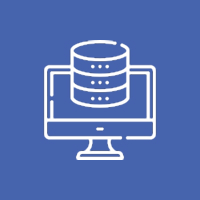





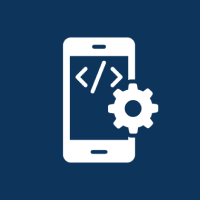



 Database Development
Database Development




